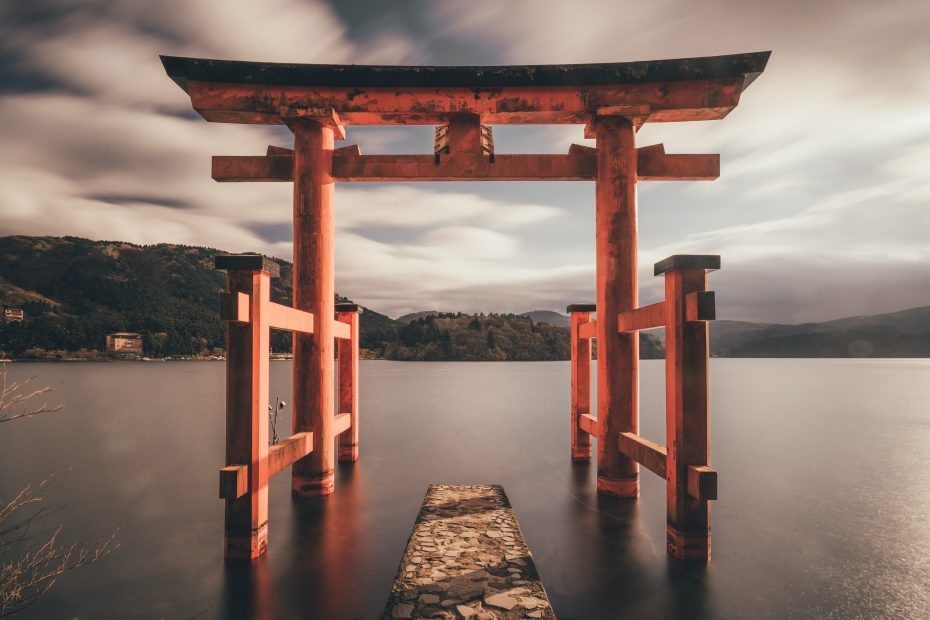Table of Contents
Introduction
The elegant Japanese tea ceremony, also called Chanoyu or Sado, has roots tracing back to the 9th century when tea was first introduced to Japan from China. Over the centuries, the ceremonial preparation and presentation of matcha green tea has evolved into a revered art form and cultural tradition in Japan. The tea ceremony provides a tranquil, contemplative setting where participants can immerse themselves in mindfulness and connect more deeply with traditional Japanese aesthetics and values.
This article will provide an overview of the key components of the Japanese tea ceremony, from the physical setting and proper etiquette to the detailed process and aesthetic principles. The tea ceremony is ultimately about much more than just sipping tea – it is a window into the serene, reflective spirit of traditional Japanese culture.
The Japanese Tea Ceremony Space
The tea ceremony takes place in a tranquil tea house, traditionally called a chashitsu. Tea houses are designed with certain elements to evoke a meditative ambiance. The structure is purposefully rustic and simple, often using natural materials like bamboo, earthy walls, and a thatched roof.
A notable feature is the tokonoma, an alcove where a hanging scroll featuring calligraphy or an ink painting is displayed to set the artistic theme for the ceremony. The rest of the space is kept very minimal. The floors are covered with pristine tatami straw mats that guests sit upon. Low tables are used to serve each step of the ceremony.
Tea Ceremony Etiquette
There is a precise etiquette to the Japanese tea ceremony that guests must follow to show proper respect and foster the right spiritual environment. Before entering the tea house, guests purify themselves by rinsing hands and mouth at a small fountain.
Once inside, guests walk silently in socks and commit to leaving the outside world behind. Bowing humbly, they wait patiently and move through the tea house mindfully, appreciating every detail and gesture. Guests sit seiza-style, kneeling on their legs with ankles underneath. Adventuresome small talk is kept to a minimum so all can be fully present.
The Tea Ceremony Process
The Japanese tea ceremony centers around the preparation and offering of matcha, a powdered green tea. The intricate process begins as guests are welcomed into the tea house and seated. The host enters quietly and begins preparations through a sequence of graceful, deliberate movements that have spiritual significance.
First, a bamboo ladle is used to scoop hot water to ritually cleanse the tea bowl and whisk. The matcha powder is then placed in the bowl, followed by adding the hot water and whisking to a frothy jade green blend. The host turns the bowl so the front faces the guest to be served. After admiring the tea, the guest rotates the bowl back and takes a sip, then offers compliments on the tea. The bowl is then passed down the line for all to share.
The tea is served in stages, starting with a light, thin tea then followed by a thicker, stronger blend. In between, guests may admire pottery or smoke from a pipe. Concluding sweets are served to balance the bitter tea. The ceremony closes with a process of cleaning each utensil, symbolic of spiritual purification.
Aesthetic Principles
The tea house environment and all elements of the Japanese tea ceremony reflect traditional Japanese aesthetic principles. One key concept is wabi-sabi, which values simplicity, naturalness, and imperfection as the height of beauty. This guides the rustic, organic setting and handcrafted utensils.
Ikebana, the Japanese art of floral arrangement, centers on minimalism and asymmetry, which inspires the simple vase-and-flower decor. The traditional kaiseki mealsserving pickled, steamed, and grilled dishes also align with wabi-sabivalues. Soft, muted colors enhance the zen atmosphere.
Seasonal Aspects
Attention to Japan’s seasons is also essential to the tea ceremony. As spring arrives, a hanging scroll featuring plum blossoms may be displayed. Light, delicate sweets represent spring. In summer, furnishings with cool tones are used and meals may feature cucumber.
For fall, the alcove scroll depicts autumn leaves and wheat sweets are served. In winter, robust dishes like root vegetables and mushroom stews align with the climate. The hot tea brings warmth. As seasons evolve, so does the tea ceremony.
Conclusion
The Japanese tea ceremony is an immersive experience that provides inner calm and connection on many levels. Beyond sipping tea, it offers exposure to traditional Japanese culture and Zen Buddhist principles. From the ceremony’s origins to its detailed rituals, every element is infused with meaning and mindfulness. Appreciating the rustic tranquility and slow ceremonial pace allows modern worries to slip away. For an enriching adventure, indulge in this centuries-old Japanese tradition.
FAQs
What are the origins of the tea ceremony?
The tea ceremony emerged in the 9th century when tea was brought to Japan by Buddhist monks who had traveled to China. It evolved over the centuries into a highly ritualized art form influenced by Zen Buddhism.
How long does a traditional tea ceremony last?
A full traditional Japanese tea ceremony typically lasts approximately 4 hours. There are also abbreviated versions that range from 30 minutes to 2 hours.
What is matcha powdered green tea?
Matcha is a finely milled high-quality green tea powder. It is blended with hot water and whisked into a frothy drink. Matcha contains caffeine plus antioxidant benefits.
What is the proper tea ceremony etiquette?
Proper etiquette includes purifying hands/mouth, bowing humbly, sitting seiza-style, being mindful, appreciating details, and keeping talk to a minimum. The tea bowl must be handled and rotated properly.
How many people typically participate in a ceremony?
Traditional tea ceremonies usually involve only up to five guests. The intimate setting facilitates a quiet, meditative atmosphere and allows the host to carefully focus on each guest.
